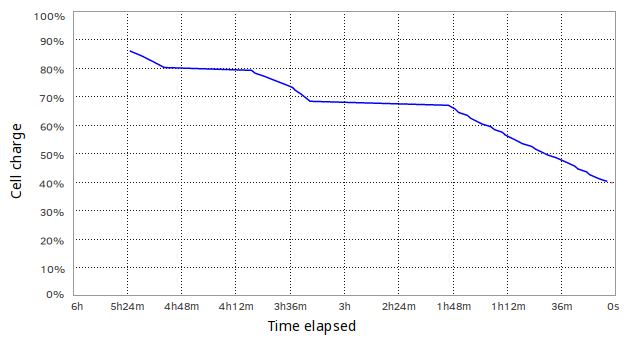Axios Amd has always been a better power user than Intel
I think that's true during the Ryzen era. However, there is a trade-off, as always.
AMD and Intel make different assumptions about consumer experience, and different design philosophies about battery performance/life. In a nutshell, AMD basically detects that the laptop is on battery, and dampens performance to maximize battery life across the board (including turning off boost), but Intel does not, using boost when needed, spiking up clock speeds and battery drain in short bursts.
It gets down to what is important to users, in the end. AMD's approach is better for users who want to extend battery life as much as possible. Intel's approach is better for users who favor increased performance at some cost to battery life. The reports I've seen don't suggest dramatic differences between the approaches, although all report that Ryzen battery life is better at some sacrifice of performance or perceived performance.
The relevant question is whether AMD's approach makes a difference when it comes to comparative battery life between Linux and Windows. Do Ryzen users get equivalent Linux/Windows battery life because AMD's approach, or not? I don't know.

